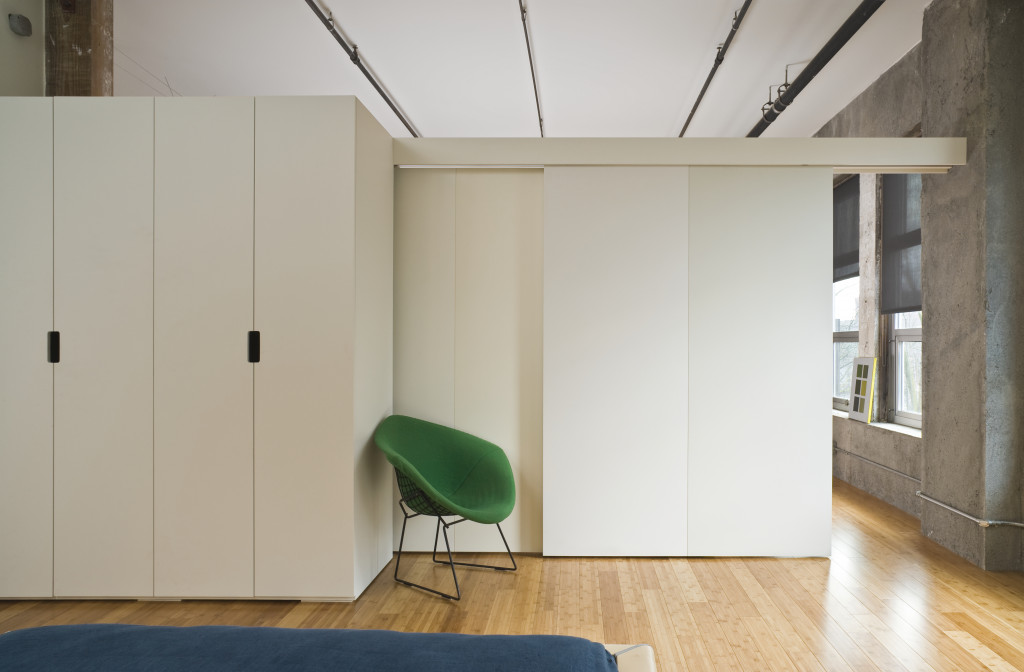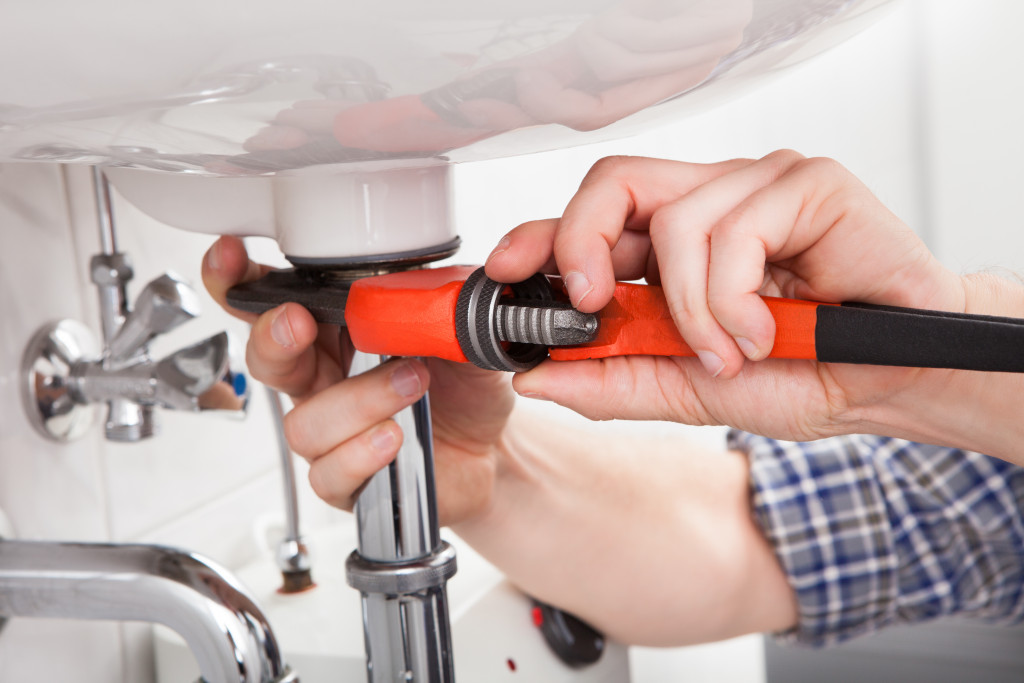- Optimize traffic flow in your home for safety and functionality.
- Prioritize natural light and ventilation for a healthier living environment.
- Invest in quality materials and finishes for durability and safety.
- Incorporate ample storage solutions for an organized home.
- Consider regular maintenance to ensure longevity and minimize potential risks with aspects such as electrical and plumbing.
When designing your dream home, it’s crucial to prioritize safety alongside functionality. A well-designed home not only enhances your daily living experience but also ensures the well-being of you and your loved ones. You can create a safe and functional living space by considering specific aspects during the design process. This guide provides five tips for achieving a safe yet functional home design that promotes comfort and security.
1. Optimize Traffic Flow
Efficient traffic flow is essential for both safety and functionality within your home. Consider the layout of each room and the overall floor plan to create a logical and intuitive flow. Avoid overcrowding spaces or creating narrow pathways that may lead to accidents or hinder movement. Hallways and staircases should be wide enough to accommodate smooth and safe passage, especially in emergencies. Pay attention to the placement of furniture and objects to ensure they do not obstruct the natural flow of movement throughout the house.
2. Prioritize Natural Light and Ventilation

Ample natural light and proper ventilation create a healthier and more comfortable living environment. When designing your home, maximize the use of windows and skylights to allow natural light to illuminate the interiors. Not only does this reduce the need for artificial lighting during the day, but it also promotes a positive mood and enhances the aesthetics of your space. Similarly, ensure proper ventilation by strategically placing windows and vents to allow fresh air circulation. Good ventilation helps maintain indoor air quality and prevents the accumulation of humidity, reducing the risk of mold and mildew growth.
3. Invest in Quality Materials and Finishes
Investing in high-quality materials and finishes is crucial to ensure safety and durability when designing your home. This applies to both the interior and exterior elements of your house. Opt for sturdy construction materials that withstand the test of time and are resistant to weather conditions. When selecting finishes, such as flooring, countertops, and paint, choose materials that are easy to clean, non-slip, and resistant to wear and tear. Prioritizing quality will enhance your home’s longevity and minimize maintenance requirements and potential hazards.
4. Incorporate Ample Storage Solutions
An organized and clutter-free home is visually appealing and promotes safety and functionality. Adequate storage solutions are essential for maintaining a neat and tidy living space. Consider incorporating built-in cabinets, closets, and shelves to optimize storage capacity when designing your home. Ensure that storage areas are easily accessible and appropriately located in each room. By providing designated spaces for items, you reduce the risk of tripping hazards and create an easier clean and maintain environment.
5. Consider Regular Maintenance
While designing a safe and functional home is crucial, it is equally important to plan for regular maintenance. Neglecting routine upkeep can lead to safety hazards and deterioration of your home’s functionality. Regular maintenance not only ensures the longevity of your home but also minimizes potential safety risks.
Here are some regular maintenance ideas you can incorporate into your home design:
Electrical Maintenance
Regularly check your home’s electrical system to ensure it functions smoothly and safely. To avoid safety risks, such as short circuits or accidental fires, it is advisable to have a professional electrician inspect the wiring at least once a year. The electrician can detect any potential problems in time and advise on how to repair best or replace the damaged components.
HVAC Maintenance
Keep your home’s heating, ventilation, and air conditioning systems running efficiently with regular maintenance checks. Have a professional inspect or clean the system at least twice a year to ensure it is in good working order and that air filters are replaced as needed.
Plumbing Maintenance

To keep your plumbing in top shape, regularly check for signs of damage or leaks—particularly around exposed pipes like those in the basement or attic. Have a plumber inspect water heaters and sump pumps every six months to ensure they function properly.
Landscaping Maintenance
To keep your yard looking its best, regularly mow and trim the grass, remove weeds as soon as they appear, and prune trees or shrubs when necessary. Check outdoor fixtures like porch lights and patio furniture for signs of damage or wear and tear. Taking care of basic landscaping tasks helps maintain a safe and attractive outdoor space.
In Closing
Designing a safe yet functional home requires careful consideration of various factors. Following the tips outlined above, you can create an inviting, secure living space that meets your needs. When designing a home, always prioritize safety and remember the importance of regular maintenance to ensure its longevity. With some thoughtful planning, you can achieve a safe yet stylish design that allows you and your family to enjoy the comforts of home for years to come.
